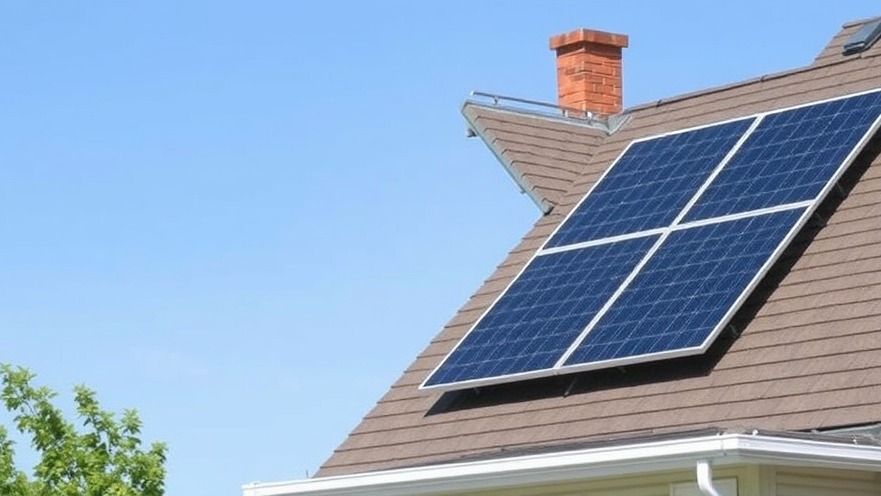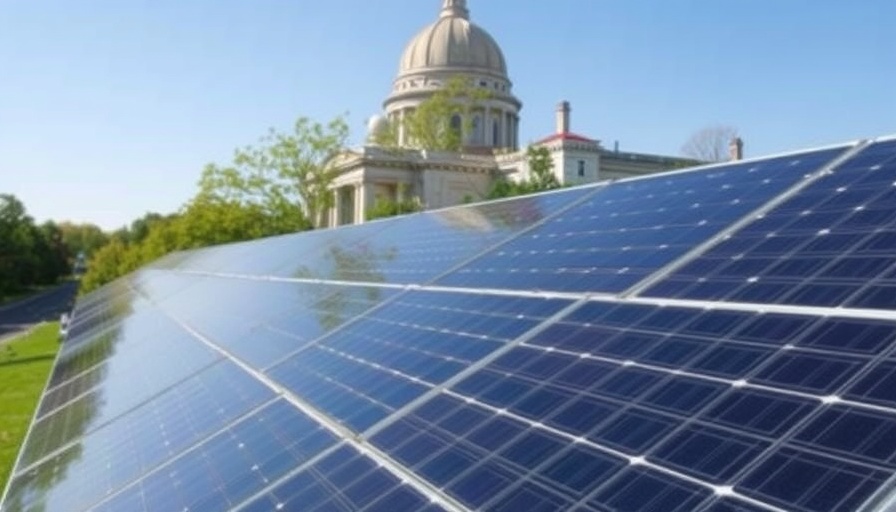
Understanding the Real Savings from Solar Systems
As homeowners navigate the often confusing landscape of solar energy, one question consistently arises: How much money can one truly save by going solar? Many consumers are drawn in by enticing sales pitches promising significant savings, but what do the numbers really show? This article delves into the actual savings of homeowners with solar systems compared to claims by sales representatives.
The Interaction of Sales Claims and Reality
Most solar companies market their products with claims that could make anyone eager to invest in solar technology. Some boast savings upwards of $1,000 per year or even return on investment within just a couple of years. However, these figures can often be misleading. Hidden costs such as maintenance fees, equipment longevity, and installation mismatches can affect the expected savings. Understanding these variables helps consumers make informed decisions.
Analyzing Real-World Savings: Hard Data vs. Claims
A detailed examination of user-reported data reveals that savings can significantly vary. Homeowners frequently report savings closer to $500 annually, much less than sales representatives suggest. This disparity raises questions about transparency in the solar industry. Is the information provided by sales teams inflated, or do most people simply miscalculate their savings based on optimistic assumptions? Gathering responses from various homeowners sheds light on this issue.
Expert Perspectives: What the Data Suggests
To evaluate these savings accurately, many experts recommend consumers review their energy production estimates and compare them to actual energy bills over time. A survey conducted by energy research groups found that around 60% of solar users achieved savings during their first year, but often only in the lower range of what had been predicted. This suggests that while solar panels can save money, doing thorough research is essential before purchasing a system.
Common Misconceptions in Solar Investments
One misconception that prevails in the market is that all solar systems will pay for themselves rapidly in energy savings alone. Factors such as local energy rates, the size and location of the solar installation, and available tax credits dramatically impact the effectiveness of solar energy in savings. Moreover, the up-front investment needed can be a barrier for some, ultimately affecting access to renewable energy.
Future Predictions for Solar Savings
The landscape of solar energy continues to evolve. Technological advancements, such as improvements in solar panel efficiency and energy storage capabilities, promise to enhance savings for users. Experts project that with better technology, wider adoption, and more competitive pricing, users will see real savings becoming more in line with marketing claims. Anticipated innovations may lead to the price of solar installations decreasing, potentially making solar energy increasingly appealing to new buyers looking to save money.
Conclusion: Making Informed Decisions
For prospective solar buyers, understanding the realistic savings from solar energy is crucial. By assessing available data and real homeowner testimonials, individuals can create informed decisions based on true cost-saving measures. It is advisable to seek multiple quotes, investigate the installation conditions, and weigh the long-term financial implications before diving into solar investments.
Considering purchasing a solar system? Be sure to explore different options, consult with experts, and don't hesitate to ask for detailed savings projections from sales rep matches with real-world data. That way, you can make a well-informed decision that aligns with your energy bills and budget.
 Add Row
Add Row  Add
Add 



 Add Row
Add Row  Add
Add 
Write A Comment